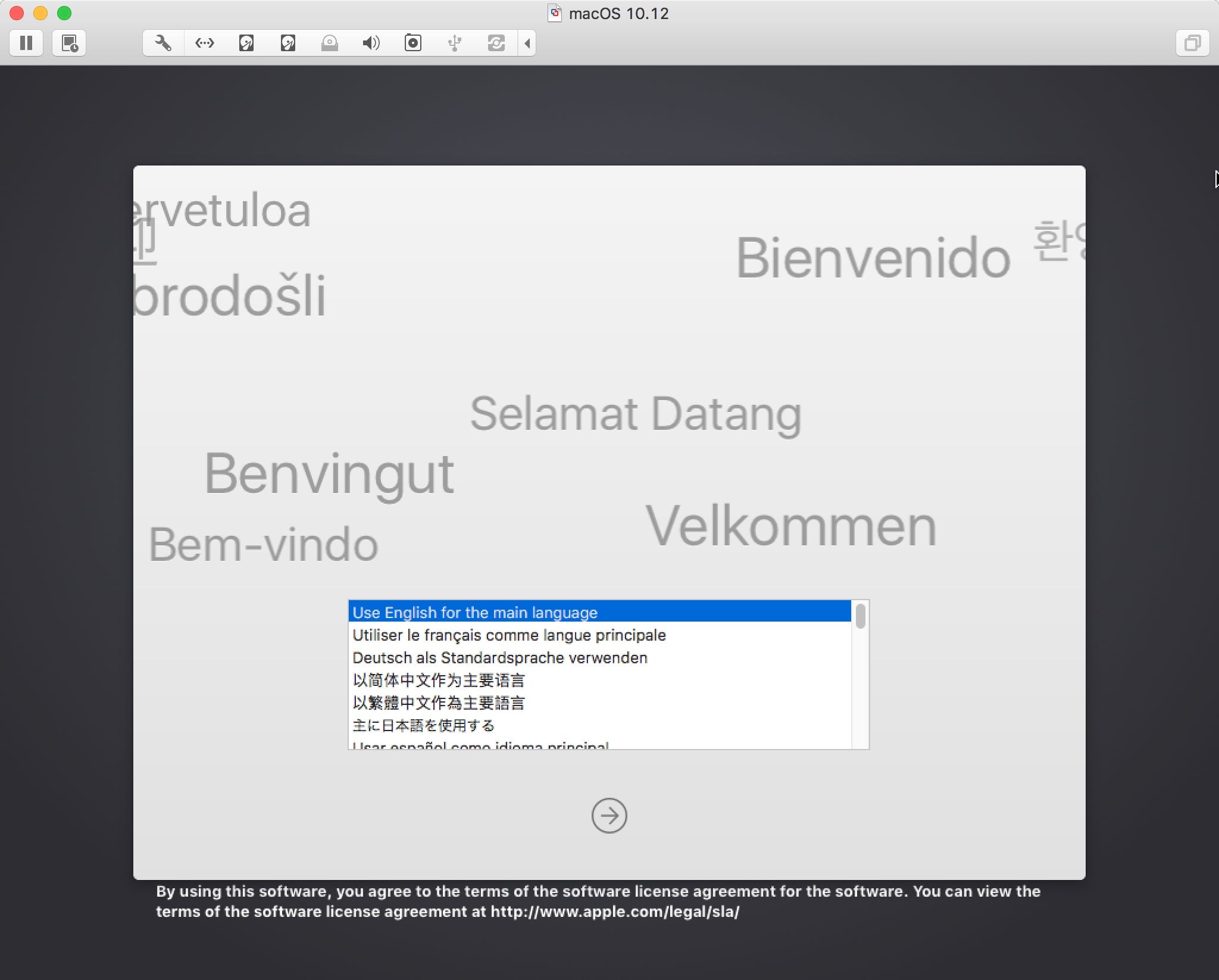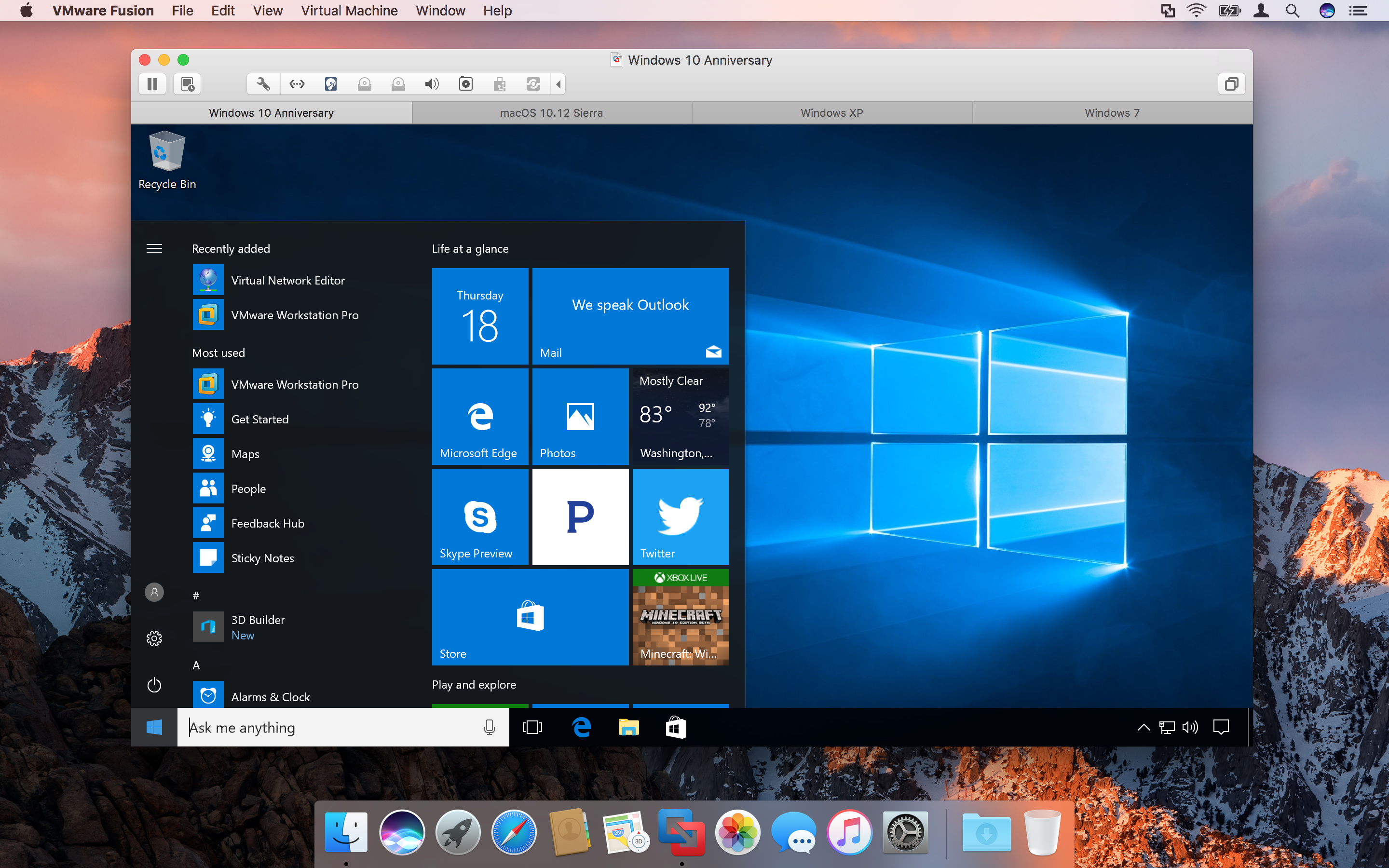VMware Fusion: Powerfully Simple Virtual Machines for Mac. VMware Fusion Pro and VMware Fusion Player Desktop Hypervisors give Mac users the power to run Windows on Mac along with hundreds of other operating systems, containers or Kubernetes clusters, side by side with Mac applications, without rebooting. Fusion products are simple enough for home users and powerful enough for IT. In this post, we’ll install macOS Catalina on VMware on Windows PC. For this procedure, we’ll also need VMware Unlocker Patch Tool for macOS or macOS VMware Unlocker Patch Tool, so we’ve provided this and also installed it in this tutorial.In a significant event of Apple’s yearly developer conference which started yesterday, the keynote was chock-full of announcements, demos, and some. We Can Finally Do it.It really didnt take that long. Here is the link for the macos mojave image file http://www.mediafire.com/file/yv55fbrjn1471br/macOSMoj. VMware Tools loads the drivers required to optimize a virtual machine's performance. Mac OS X, OS X, or macOS virtual machines that you create in Fusion can run on any Apple-branded hardware that uses Intel processors. The Apple licensing agreement defines the situations when it is permissible to virtualize Mac OS X, OS X, or macOS.
You can install Mac OS X, OS X, or macOS in a virtual machine. Fusion creates the virtual machine, opens the operating system installation assistant, and installs VMware Tools. VMware Tools loads the drivers required to optimize a virtual machine's performance.
Mac OS X, OS X, or macOS virtual machines that you create in Fusion can run on any Apple-branded hardware that uses Intel processors. The Apple licensing agreement defines the situations when it is permissible to virtualize Mac OS X, OS X, or macOS. Fusion does not change these terms or enable macOS on non-Apple hardware. You cannot use a Mac OS X, OS X, or macOS virtual machine in another VMware product, such as Workstation Pro.
Fusion supports the following Mac server and client versions for the guest operating system:
Mac OS X Server 10.5, 10.6
- Mac OS X 10.7
- OS X 10.8, 10.9, 10.10, 10.11
- macOS 10.12, 10.13, 10.14, 10.15
Fusion does not support the following features for Mac OS X virtual machines:
- Multiple displays
- 3D Accelerated graphics
- Unity view
To install the operating system, use the procedure for creating a virtual machine for any supported operating system. See Create a Virtual Machine for Any Supported Operating System.
For macOS virtual machines you install or upgrade VMware Tools using an installer assistant.
If you use VMware Fusion or ESXi on a computer with an Apple label, you can create Mac OS X Server (10.5 or later) virtual machines and install VMware Tools.
- Power on the virtual machine.
- Verify that the guest operating system is running.
Procedure
- Select the menu command to mount and open the VMware Tools virtual disc on the guest operating system. VMware Product
Menu Command vSphere Client Inventory > Virtual Machine > Guest > Install/Upgrade VMware Tools and select Interactive Tools Installation or Interactive Tools Upgrade vSphere Web Client Right-click the virtual machine in the vCenter inventory and select All vCenter Actions > Guest OS > Install/Upgrade VMware Tools Fusion Virtual Machine > Install (or Upgrade) VMware Tools - Open Install VMware Tools on the VMware Tools virtual disc, follow the prompts in the installer assistant, and click OK.
Install Macos Vmware Fusion
The virtual machine restarts to have VMware Tools take effect.

